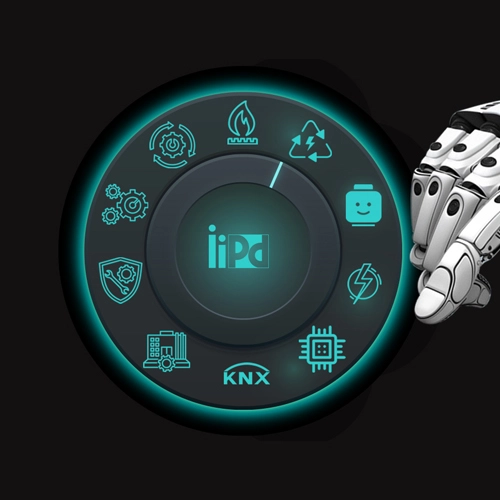Reliable, safe, and secure power system protection is essential as the demand for electrical energy has increased exponentially. Electrical protection devices and their associated instrumentation components should be designed accurately with zero tolerance error. Numerical relays are fundamental and critical aspects of digital electrical installations besides conventional fuses and circuit breakers.
Protection is applied on a component or equipment basis. Relays are associated with each major component of the power system to detect various forms of distress associated with those components. If one of those relays operates, an output contact protective device activates, isolating the defective system components.
Training Objectives:
- Overview of the electrical power system and major equipment
- Power system Analysis using ETAP software
- SEPAM Protection relay
- Lines and motor protection systems
- Over Current Protective Devices Fundamentals and Characteristics
Course Outline
Below is the course content, which includes a detailed outline of topics and materials covered in the course. Explore and enhance your knowledge!
Day 1: Overview of Power System, Fundamentals, and Characteristics
- Overview of Electrical Power System
- Single Line Diagram
- Switchgear Drawings
- Busbar - Ratings & Selection, Standards
- Range of CB's (MCB, MCCB, ACB)
- Protective Devices - Operation & Characteristics
- Control Units - LSIG (Settings)
- Time Characteristic Curves
Day 2: Power System Analysis (ETAP Software)
- Introduction to ETAP Software
- Network Modelling
- Data Entry - Components/Elements
- Data Manager (Revisions)
- Configuration Manager
- Libraries
- Load Flow Analysis
- Short Circuit Analysis
- Protection and Coordination
- Arc Flash Analysis (If required)
- Result Analyzer
- Identification/Rectification – Alerts, Errors & Warnings
- Report Generation
- Q&A Session
Day 3: Over Current Protective Devices Fundamentals and Characteristics
- Types and characteristics or overcurrent protection
- Fuse types, operation, and characteristics
- Interpretation of the time current curves
- Relationship between electronic trip units and L, S, I, G.
- TCC and selective coordination studies
- The molded case and the air circuit breakers electronic units
Day 4: Sepam Protection Relays
- The different types of electrical faults
- Switchgears and Sepam
- ANSI codes
- The Sepam protection relay
- Measuring transformers for Sepam
- Tripping devices
- Additional modules
- Sepam front panel
Day 5: Sepam Protection Relays
- Sepam wiring and installation
- Software SFT 2841
- Measurements functions
- Protection functions
- Disturbance recording
- MIMIC diagram editor
- Logical Equation and Logipam
- Sepam maintenance


